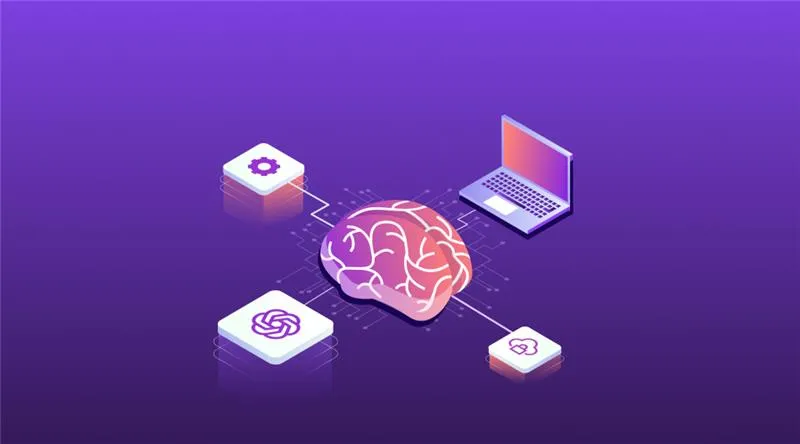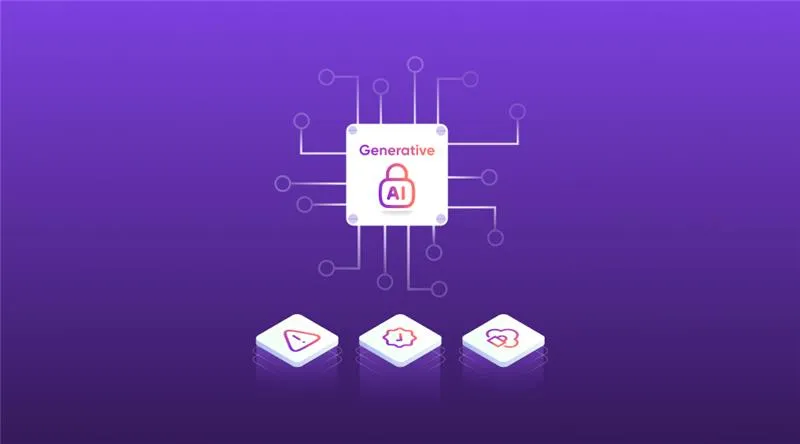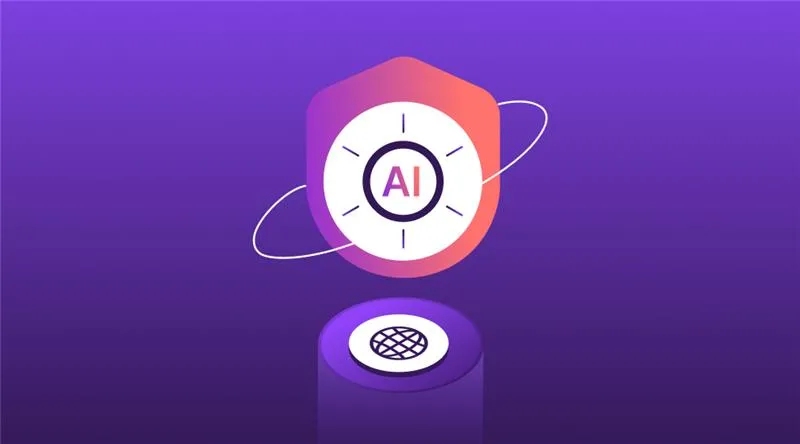Technology

5 min

This guide dives into GPT-OSS, open-weight LLMs, covering key aspects like their Mixture-of-Experts design, and when to use the 20B vs 120B models. It provides insights on deployment across cloud, on-prem, and edge environments, along with practical AI implementation steps, performance benchmarks, and compliance considerations for secure adoption.

By Mayank Ranjan
22 Aug, 2025
Artificial intelligence stands at a crossroads in 2025. Recent advancements have revealed just how much open, adaptable technology can alter the way developers, researchers, and organizations interact with digital systems. Nowhere is this evolution more visible than in the emergence of Generative Pre-trained Transformer Open-Source models. These models, purposely designed for both trust and teamwork, offer access and command previously limited to closely held tools.
This report guide details the effectiveness of these open offerings, examining design, impact, and implications with specific regard to future projections and legal matters affecting their broad adoption.
It also walks through clear steps for AI implementation—whether you deploy in the cloud, on-prem, or at the edge.
A new era is underscored by these transformer-based models. Each is created with freely shared settings—parameters made available through open licenses. This grants users the power to run, adjust, and host models without being tied to hidden rules or costly subscriptions. Compared with earlier generations, these represent OpenAI’s first major step toward full openness since the earliest days of language models.
Two main contrasts define their position. To begin, they permit true user control and local adaptation, replacing limits around expenses, storage location, and strict agreements. Secondly, their open nature brings visibility; users may inspect and understand the full workings of each model, which sharply contrasts with closed, opaque tools.
The progression starts from the debut of transformer designs. These soon outclassed previous neural network structures, giving rise to a new phase. As these models grew in strength, many became accessible only through external cloud setups, slowing new ideas and raising security and privacy concerns. Open-source progress signals a return to collective, shared growth shaped by contributions and broad expertise.
Central to these models is a Mixture-of-Experts (MoE) layout. Instead of running all internal systems for every answer, they activate select expert parts for each question, improving both speed and precision for tasks such as careful analysis and producing summaries. The smaller 20B version is tailored for home or basic hardware; the larger 120B is dedicated to more advanced problem solving and supports several processors.
Grouped together, these improvements show that open models in language processing are maturing, blending resourcefulness, easy modification, and accessibility. With this progress, not only AI scientists but also businesses, educators, and creators in various areas have more opportunities to shape the future of technology.
These shifts reflect current AI Language Model Trends—open weights, mixture-of-experts routing, and on-device inference—that are driving enterprise adoption.
Proper assessment of a language model hinges on its accuracy, speed, and adaptability. Technology leaders often question: How do open-source tools perform side-by-side with established, closed solutions? Recent experience, trial results, and adoption of these tools highlight a new reality; this should always be explained with careful attention to factual and legal clarity.
Historically, best-in-class performance—quick response, clear reasoning, minimal delays—was possible only on paid, closed systems with special training and data. But by 2025, independent tests have shown that the 120B open-source model nearly matches top private models on leading reasoning and understanding tasks. For average queries on well-matched hardware, reports note response times around 200 milliseconds.
While numbers often shift depending on setup and workload, the scalable design of Mixture-of-Experts and practices like 4-bit quantization permit spread across both remote and on-site platforms. Still, results must be considered as broad indicators, not final proof, since findings come from early real-world uses.
Recent highlights include:
• Northflank made live deployment of the 120B model possible under ten minutes, speeding up the workflow of tech teams in several organizations.
• Azure AI Foundry added support for custom tasks on personal devices, reporting a 40% drop in slowdowns for edge use in the summer of 2025.
• Hugging Face allowed more than 100,000 developers to conduct fast trials, boosting scientific analysis and project testing.
Such cases demonstrate what open large language models can currently accomplish. Is performance in one context proof of overall strength? Each setting should be reviewed on its own.
The full value of a solid, open model becomes clear in its direct impact. Multiple industries now add generative transformers to principal work tasks. Their design—open and flexible—means teams can preserve privacy and maintain standards.
In medicine, secured language models ease extraction of details from patient notes.
In the financial field, teams use them to check long reports and find unusual data while always keeping information within local systems. Schools utilize these models for lesson planning even on simple equipment.
For teams exploring AI Development Services, open-weight LLMs help reduce vendor lock-in and keep sensitive data within your boundary as you prototype and scale.
The wide release of these models has transformed technical tasks, fostering both collaboration and solo discoveries previously blocked by tough rules or hidden interfaces.
Community-led building increases the rate and diversity of achievements. With open-source code and data, global groups can check, adjust, and expand base models. This results not just in problem fixes and new languages, but also in unique tools—from local speech assistants to custom technical explainers meeting very specific needs.
Flexibility is another core feature. Open models let engineers change inner structures, plug in compliance checks, and ensure every step is traceable. By 2025, many teams have customized these models for regional, policy, and field-specific use, moving past the limits of generic products.
A key gain from making transformer models open is the narrowing of entry barriers for new builders. Deep instruction sets, group-led answers, and practical learning material help both new users and experts join efforts quickly.
Recently, three types of resources have been especially helpful:
• Expanded guides explain roll-out and adjustment, even for those using basic processors or limited tools.
• Involved user groups and instant support outlets resolve issues fast, shortening time-to-solution.
• Free skill-building classes give students and new tech talent hands-on experience in making workable projects using reliable methods.
A few quick points:
• Foundry Local let science and math students in developing areas finish challenging language model assignments on personal computers; some went on to win national meets.
• OpenAI Community Hub reported over 20,000 detailed thread discussions in one spring quarter, aiding problem-sharing and teamwork.
With open access that does not depend on geography or initial funding, creative energy in technology grows stronger, welcoming many more views and advancing faster solutions.
The arrival of open large language models marks more than a technical achievement; it reflects a changed vision for artificial intelligence as a resource for society as a whole. Still, all forecasts should be stated as directions, not guarantees, to avoid confusion or legal disputes.
With companies and schools using these open models, a few forward-facing trends are noticed. Devices in the Internet of Things now carry out deep text analysis instantly. Some businesses link language tools with blockchain tracks for trust and accuracy. In robotics, open models are being installed to better communication between humans and machines.
One mid-2025 report from a South Korean plant showed that after adding a fine-tuned open model to inspection robots, error finding improved and idle time fell by almost one-third.
Future expectations include more support for adapting to local languages, less power use in deployments, and better built-in checks for legal rules and safe handling.
Still, these shifts are preliminary, not definite. Technology growth depends on both scientific advances and ongoing partnership across the global open-source field.
New doors also introduce new duties. Responsible use is essential, since greater reach means higher risk of mistakes or abuse—particularly in sensitive and regulated environments. Communities supporting open models are choosing routines for publishing, exam, and open review, though these habits remain under development.
Key technical challenges stand out.
Careful review and defense against errors must be ongoing.
Generative Pre-trained Transformer Open Source models have made lasting changes in artificial intelligence. They have opened up quality language tools that are easy to adapt and examine. Test scores and field cases show that these tools compete with commercial alternatives, bringing results in settings as different as health record review and machine maintenance.
As their reach grows, and as the wider field refines clear rules for fairness, clarity, and care, the prospects for open models keep rising. Responsible optimism is merited: new possibilities must be paired with strict attention to ethical and legal standards. In 2025 and beyond, shared work by scientists, businesses, and open-source contributors will shape the edge of artificial intelligence—year by year.
Web App Development Languages - Which Stack Fits Your Business Needs
By Dhruv Joshi
5 min read
How to Develop a Web App: Step-by-Step Guide from Idea to Launch
By Sannidhya Sharma
5 min read
Top 11 Must-Have Features of a Custom Web Application in 2026
By Dhruv Joshi
5 min read
Generative AI Tech Stacks: Choosing the Right Tools for Scalable AI Development
By Dhruv Joshi
5 min read

Technology

7 min
Generative AI is moving fast into enterprises, from banks to hospitals to government agencies. Adoption is rapid, but security planning lags. Unlike traditional systems, these models can be exploited through prompt injection, poisoned data, or manipulated to leak sensitive information. They are also misused for phishing, deepfakes, and malicious code.


Technology

7 min
AI-powered Web Application Firewalls (WAFs) go beyond static rules by using machine learning, anomaly detection, and predictive analysis to block zero-day threats, reduce false positives, and protect APIs at scale. Unlike traditional WAFs, they self-learn, adapt in real time, and cut operational costs while improving compliance and trust.


Technology

5 min
AI is redefining mobile app security by transforming how threats are detected, tested, and prevented. From continuous monitoring and fraud detection to compliance with regulations, AI ensures apps remain resilient against modern risks. This means safer apps, protected users, and stronger businesses. Investing in AI-driven security today builds trust, drives growth, and secures long-term competitive advantage.


Feeling lost!! Book a slot and get answers to all your industry-relevant doubts